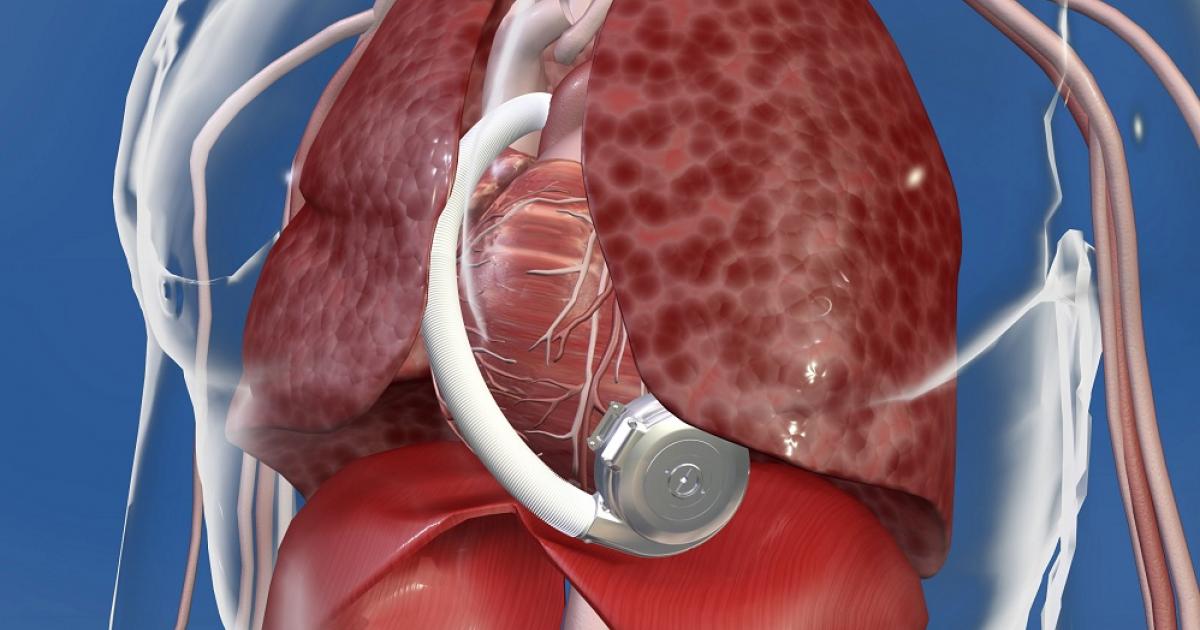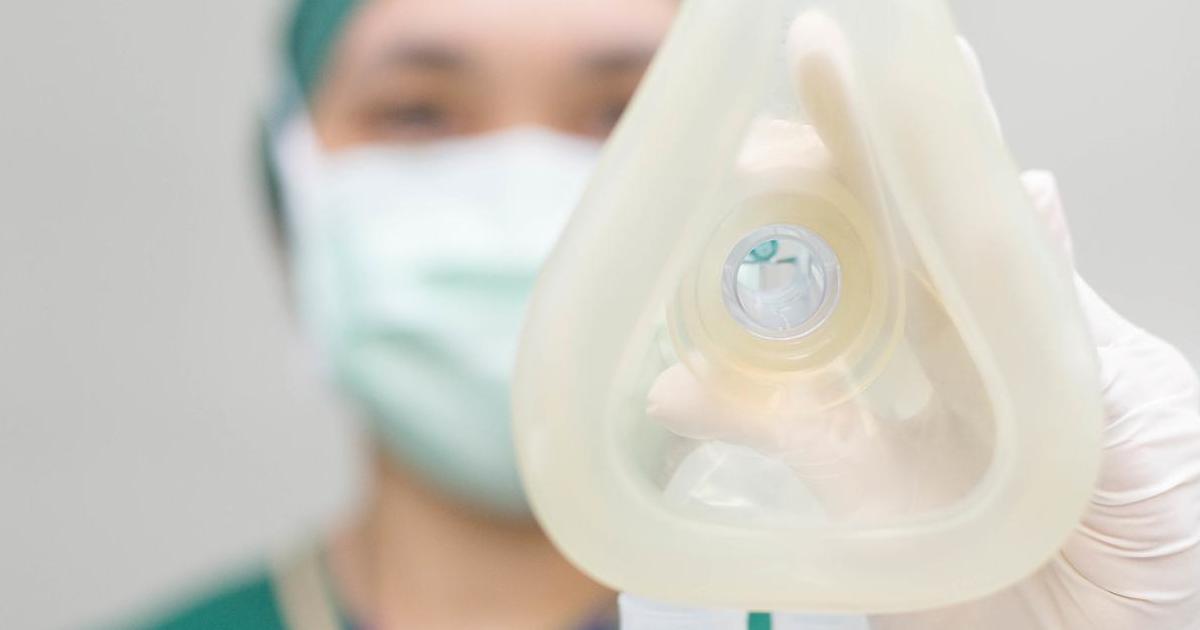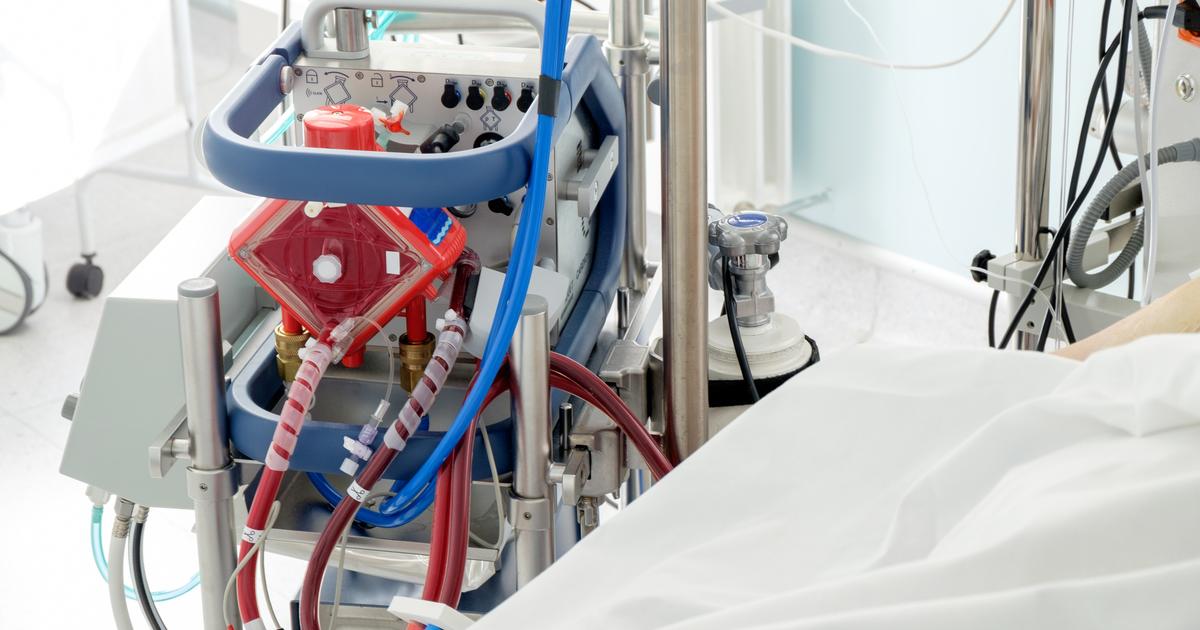How To Effectively Treat Myocarditis
Myocarditis is a disease that causes inflammation of the myocardium or the heart muscle. A viral infection causes most cases of myocarditis, but bacterial infections, cancer, parasites, fungi, medications, illegal drugs, radiation, and exposure to chemicals can also cause the disease. Mild cases and early-stage myocarditis often produces no noticeable symptoms. In cases where symptoms do occur, they commonly include shortness of breath, lower extremity swelling, fatigue, chest pain, and arrhythmia. Untreated myocarditis can cause permanent damage to the heart muscle that results in life-threatening complications such as a heart attack, stroke, heart failure, arrhythmias, and sudden cardiac death. Myocarditis can be diagnosed with the use of an MRI, chest x-ray, electrocardiogram, echocardiogram, blood tests, or an endomyocardial biopsy. A patient's recommended treatment for myocarditis is highly dependent on the underlying cause. That said, there are some common options for treating myocarditis. Examine them now.
Avoid Competitive Sports

Any patient diagnosed with myocarditis should avoid competitive sports for a minimum of six months. The reason behind this is most cases of myocarditis are the result of some type of infection. When a foreign organism invades the muscle tissues of the heart, the immune system responds to the area to try and fight off the organism. However, the immune system's response alone is not enough to help the body fight off the heart muscle infection. The virus, bacteria, parasite, or fungi that caused the infection will continue to grow and cause further inflammation if the immune system did not successfully fight off. Even with the use of antiviral medications or antibiotics, general rest will be required for the body to fight against and eradicate the underlying infection. Playing competitive sports will use a large part of the body's energy supply that is needed to carry out healing processes. When the calories and nutrient supplies in the body are used up by physical activities, there is not enough of them left to help the body heal itself. In addition, participation in competitive sports can add to the elevated risk of dangerous arrhythmias in a patient affected by myocarditis.
Uncover more options for treating myocarditis now.
Ventricular Assist Devices

Ventricular assist devices are mechanical pump devices that can be implanted in a patient to help the heart pump blood from the ventricles to the rest of the body. One of these devices can be used to assist the left ventricle, right ventricle, or both ventricles with their pumping function. A ventricular assist device may be a required treatment method for patients who have myocarditis that has caused acute heart failure. Some cases of myocarditis can result in heart failure that will correct itself when the heart muscle is healed, and other myocarditis cases can result in permanent heart damage. Myocarditis often results in the widespread damage and destruction of cardiomyocytes or cardiac muscle cells. Because the body is able to regenerate and repair cardiac muscle cells, the weakness of the heart that occurs with myocarditis that requires a ventricular assist device may only be temporary. In severe cases of myocarditis, the heart muscle can become irreversibly compromised from the infection causing organism itself, the immune system's response, or a combination of both. Irreversible heart tissue damage from myocarditis may cause a patient to require a heart transplant. In such cases, a ventricular assist device is used to keep the patient alive while they wait for a new heart from a donor. In other cases, a ventricular assist device is used so a patient can become strong enough to undergo a heart transplant.
Keep reading to reveal more treatments for myocarditis now.
ACE Inhibitors

Angiotensin-converting enzyme (ACE) inhibitors are medications that help relax the blood vessels allowing for the blood to flow through vessels easier. Angiotensin II is a substance produced by the angiotensin-converting enzyme. This substance causes the blood vessels to constrict or narrow, and it releases hormones that elevate blood pressure levels. Normal production of angiotensin II causes the heart to work much harder than it should be in myocarditis patients. ACE inhibitors effectively stop the angiotensin-converting enzyme from producing angiotensin II. A reduction of angiotensin II levels causes an increase in the quantity of blood the heart is able to pump around the body adequately. Lower levels of angiotensin II also causes a considerable decrease in the heart's workload. These medications can be used for functional support of the heart while a patient is fighting off the infection and healing from myocarditis. In other cases, permanent heart tissue damage that has been precipitated from myocarditis may be treated with the use of ACE inhibitors on a long-term basis. The focus of long-term use of ACE inhibitors is to prevent the progression of cardiomyopathy and heart failure.
Get more information on the common ways to treat myocarditis now.
Intra-Aortic Balloon Pump

An intra-aortic balloon pump is a lengthy skinny balloon that helps manage the flow of blood through the aorta. The balloon inflates when the heart relaxes to retain more blood in the heart, and the balloon deflates when the heart contracts so blood can flow out of the heart and throughout the rest of the body. An intra-aortic balloon pump is a short-term solution utilized when a patient is staying in the hospital. It may be used after an open heart surgical procedure, or it can be used to treat cardiogenic shock. Myocarditis often causes significant weakening of the heart that results in cardiogenic shock. An intra-aortic balloon pump is installed with a minimally invasive procedure where a small incision is made in the groin. A catheter is used to thread the balloon from the incision in the groin to the proper place inside of the aorta. It is then attached to a machine located outside of the body. The machine attached to the balloon controls the size of the balloon by telling it when to inflate and when to deflate. The balloon size can be changed by either increasing or decreasing the quantity of helium inside of it.
Learn more about treating myocarditis now.
Extra Corporeal Membrane Oxygenation

Extracorporeal membrane oxygenation (ECMO) is a way to provide oxygenated blood to the body through the use of an external machine. The ECMO machine works similarly to the bypass machine typically used during open heart surgical procedures. When a patient is on ECMO, their blood is removed from their body and sent into the machine through special tubing. The patient's blood then flows through an artificial lung inside of the machine. The lung extracts carbon dioxide from the blood and infuses oxygen into the blood. The patient's blood is then transported to another part of the ECMO machine that warms it up to the correct body temperature. Once heated, the oxygenated blood can be pumped back into the patient's body. ECMO may be used to stabilize and support patients who have experienced acute heart failure as a complication of myocarditis. It can also be used for myocarditis patients who have suffered permanent heart damage as a bridge to other treatment options like a ventricular assist device. The use of ECMO to temporarily take over the functions of the heart and lungs can accelerate the healing of heart tissues affected by myocarditis.
